Forensic Case Files: A Look at Gladiator Diets, 2000 Years Later
/ In past Forensics 101 posts, we talked about the use of radioactive isotopes to establish the geographical origins of remains, the date of death post WWII, and the date of death for remains older than 100 years (i.e. Joan of Arc). Recently a journal article was published by PLOS One, an open source scientific journal that anyone can access (most scientific journals are paid content only). In the article, the authors used isotopes to look back at the gladiators of ancient Rome in an attempt to discern their diet.
In past Forensics 101 posts, we talked about the use of radioactive isotopes to establish the geographical origins of remains, the date of death post WWII, and the date of death for remains older than 100 years (i.e. Joan of Arc). Recently a journal article was published by PLOS One, an open source scientific journal that anyone can access (most scientific journals are paid content only). In the article, the authors used isotopes to look back at the gladiators of ancient Rome in an attempt to discern their diet.
Texts from the time derogatorily describe a ‘gladiator diet’ of beans and barley; a diet quite different than today’s protein-heavy regimens for muscle building. But using the tools of both stable isotopes (carbon, nitrogen, and sulfur) and inorganic bone components (calcium and strontium), the authors of the article tried to analyze gladiator remains to see if they could compare their diet to that of upper class Romans of the time.
Their research is partly based on the phenomenon of C3 carbon fixation in plants as opposed to C4 carbon fixation. Carbon fixation is a part of photosynthesis, leading to sugar metabolism, and the production of energy with oxygen as a waste by-product. C3 fixation is used by such plants as wheat and barley with carbon dioxide and a sugar as the starting materials. C4 fixation, a newer evolutionary pathway exploited by plants such as millet and corn, starts with the same sugar, but uses malate as the source of carbon dioxide, instead of the surrounding atmosphere.
Also in the authors’ research toolbox is the nitrogen found in bone collagen that indicates the amount of animal protein consumed. Sulfur, co-located in that same collagen, can indicate a living environment where higher sulfur levels correspond to a sea-side location, often tied to increased seafood as part of the daily diet. We have previously discussed how strontium levels are measured and how they indicate location. The ratio of strontium to calcium corresponds to the plant-to-meat ratio in the diet.
While some gladiators were voluntary Roman citizens, the majority of them were slaves, criminals, and prisoners of war. Through winning combat, even the lowly could be raised up to the equivalent of Roman rock star status, and the promise of gladiator school was reintegration into normal society. . . if you won.
It's rare to discover remains of actual gladiators—skeletons with the characteristic trauma patterns that match descriptions of combat. These kinds of remains tend to be very few and far between, but an entire gladiator graveyard was discovered in Turkey, on Panayirda Hill, in 1992. Gladiator remains were sampled from this location; normal Roman citizen remains were excavated from a number of nearby cemeteries. All the gladiators were male, while the Roman citizens were a mix of male and female. The researchers sampled a total of 88 individuals dating back to the 1st to 3rd century A.D.
So keeping all the possible isotopes in mind, what did the researchers actually discover when they compared the gladiators to the upper-class Romans?
Carbon: Both groups consumed wheat and barley as a staple part of their diet.
Nitrogen: This was where the researchers found the greatest deviation within the gladiator group itself, suggesting that some gladiators were meat eaters, contradicting the original hypothesis of a uniform gladiator diet. But between the two groups overall, there was no statistical difference.
Sulfur: Both groups were surprisingly low on average, indicating that even though the two groups lived near the Aegean Sea, as a population, they were not seafood eaters. Any outliers in both groups are postulated to be immigrants from other areas since they tended to sit outside the normal range for multiple isotopes.
Strontium/calcium ratio: This is where the largest difference occurred between the two groups with the gladiators having levels nearly twice as high as their Roman contemporaries (statistically highly significant). Overall, a high ratio indicates a plant and vegetable heavy diet, while a low ratio suggests a better balance between the green foods supplying the strontium and dairy products etc. supplying calcium. The higher gladiator ratio implies that contemporary upper class Romans had a more varied and dairy-rich diet. Another possible explanation for the high values in the gladiators is the post-combat consumption of a drink that included plant ash as an ingredient, commonly used as a spice in cooking and as a pain killer. Yet another suggestion is that due to their training, gladiators had increased calcium metabolism and turnover in their bones. This would lead to a more constant level of strontium and a decreasing level of calcium, resulting in a higher ratio value.
The overall conclusion drawn is that the gladiators did not overall have a greatly different diet than their Roman contemporaries. There is the possibility of a difference in dairy consumption, but it is just as likely that it was their physiological state that lead to any differences in the trace elements. Hats off to the authors for some interesting detective work almost two thousand years after the fact!
Photo credit: Wikimedia Commons



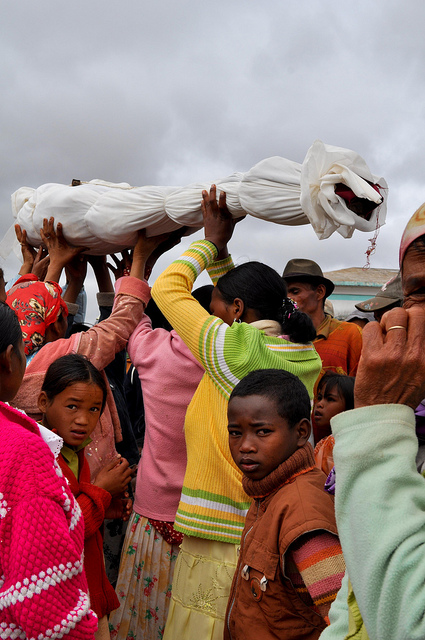
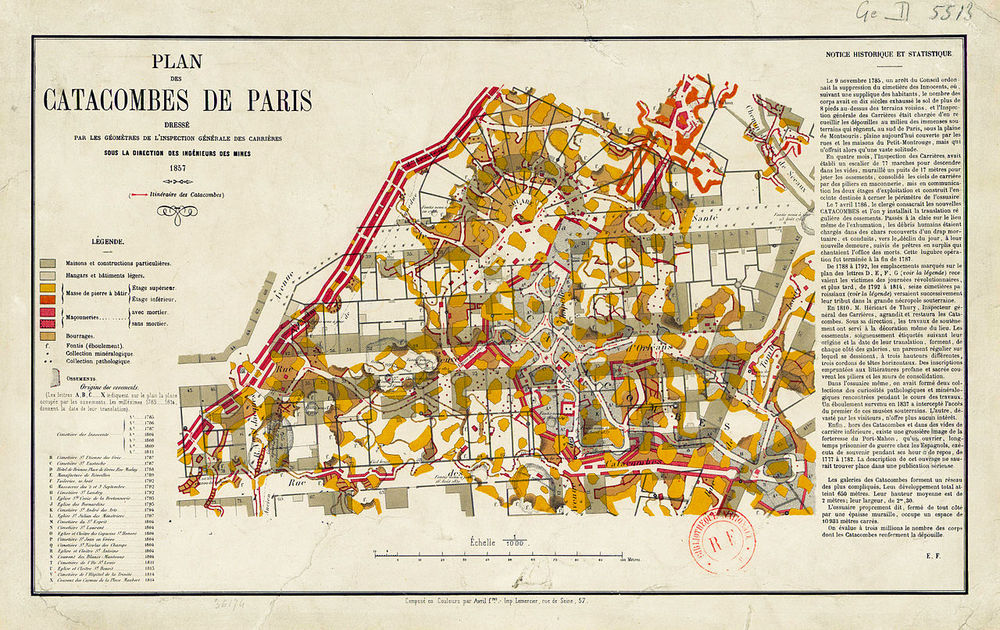


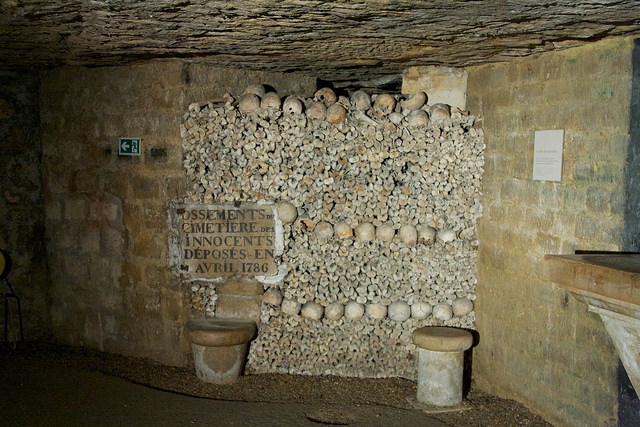

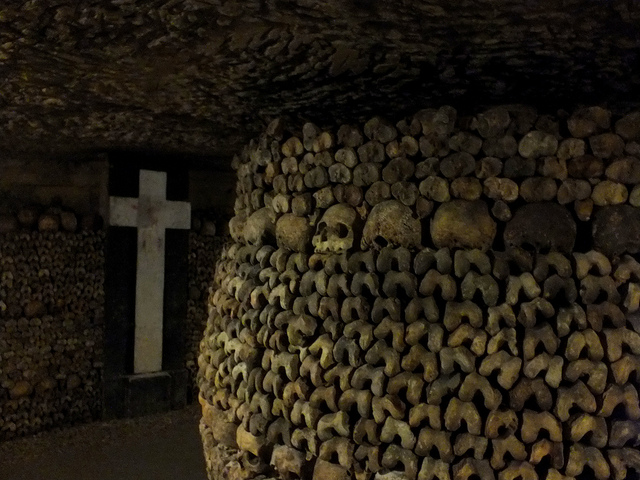




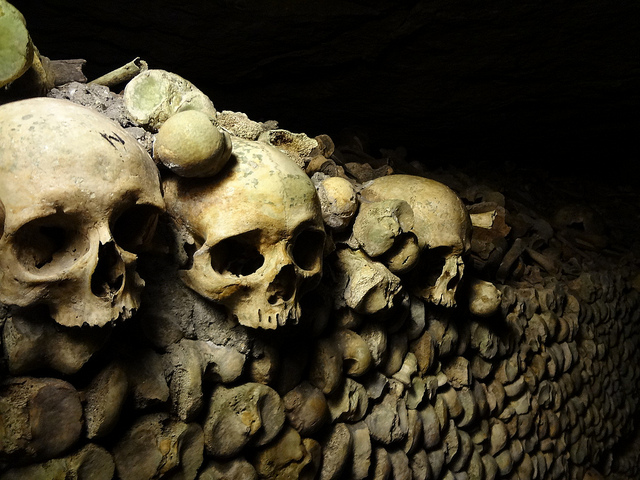
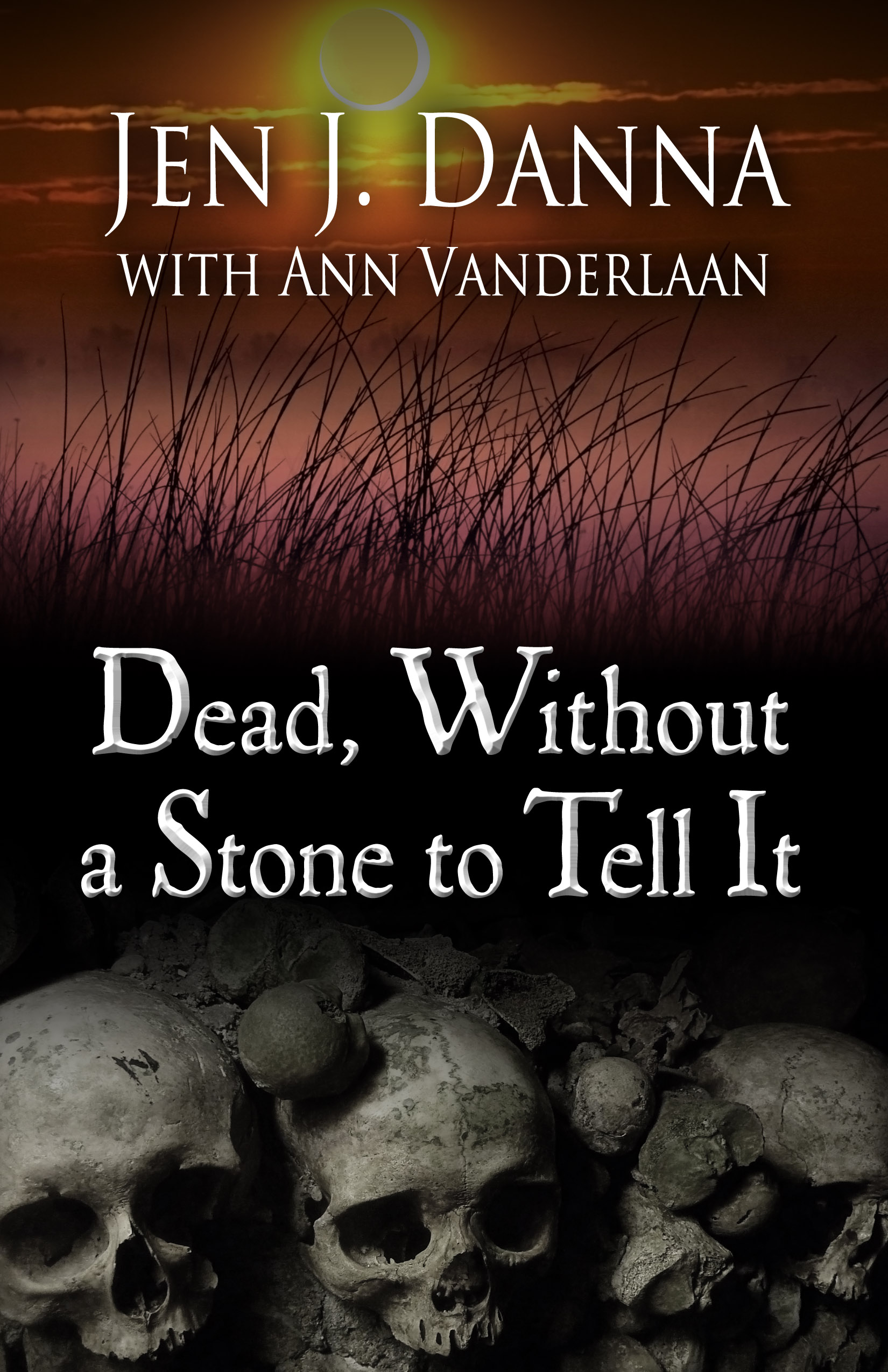

 12.1%
12.1%